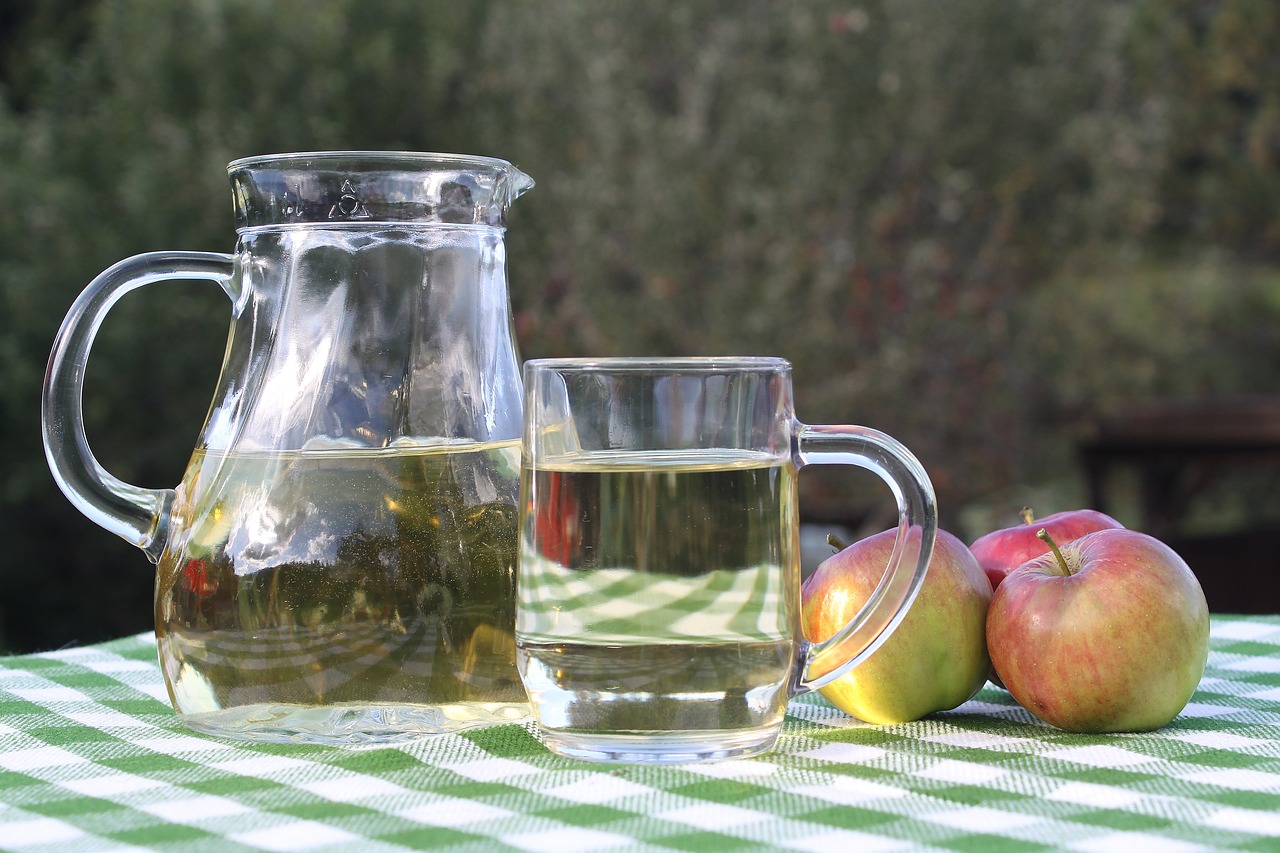Asturias, in northwestern Spain, is known for more than just its stunning landscapes and cultural traditions. It’s also known for its cider, the celebrated Sidra de Asturias. This apple-based fermented beverage has a Protected Designation of Origin (PDO) recognized by the European Union in 2003, which guarantees its quality and authenticity.
But cider has a long history in this region, going back to ancient times, and it’s deeply linked to Asturian history and culture. One of the places that keeps this heritage alive is the Monastery of Santa María la Real de Obona.
The Monastery of Santa María la Real de Obona
The Monastery of Santa María la Real de Obona is the heart and soul of the town of Tineo. It’s both a stunning architectural gem and a fascinating historical witness to cider-making. The monastery was set up in 780 by Prince Adelgaster and his wife Brunilde. It quickly became a major cultural and economic hub. The church, built in the 13th century, is a simple yet impressive example of Iberian Romanesque architecture, with three naves and three circular apses.
A 13th-century document is the first to mention cider. It says that the servants of this monastery were allowed to get cider as part of their food and drink ration. This testimony shows just how important cider was to people’s lives back then, and how important the monastery was in producing and distributing it.
The Obona Monastery is also shrouded in mystery. Some say its dungeons hide a network of tunnels filled with treasures. There’s a legend that many adventurers have tried to find them, guided by strange monks, and they’ve all disappeared without a trace. Some locals even say they hear strange noises coming out of the monastery at night, which adds to the mysterious vibe of this already unusual place.
The Monastery of Obona played a big part in the Primitive Way of St. James, which is the oldest pilgrimage route leading to Santiago de Compostela. King Alfonso IX, who ruled the Kingdom of León between 1188 and 1230, made it a requirement for all pilgrims on their way to the tomb of the Apostle to pass through this monastery. The royal order wasn’t just about finding the best way to get to Compostela. It also showed how important Obona was in religious, cultural, and economic matters.
Source of spiritual renewal
Pilgrims found a place to rest and refuel in Obona, as well as an environment conducive to deep spiritual reflection. The monastery was a safe place for travelers to pray, meditate, and get physical and spiritual help. This place became a point of reference for pilgrims, who found a direct link to Benedictine spirituality and Asturian culture there.
Obona wasn’t on the main route of the Primitive Way, but it was just about four hundred meters away. Despite this, the monastery was a mandatory stop. After visiting Obona, pilgrims often said they felt renewed and spiritually enriched.
The monastery also has the well-known Matoxo spring. It’s known for the quality of its waters. This spring gained fame thanks to Fray Benito Jerónimo Feijóo, a renowned thinker and theologian from the 18th century. He spent a lot of time at Obona resting and was so taken with the water of this spring that he had it brought to Oviedo. Even today, this spring is also known as the Feijóo Spring.
The Asturias Cider PDO has a long history. Indeed, cider production in Asturias goes back to pre-Roman times. Today, the region has 971 hectares of apple trees and 382 registered producers. In 2023, more than 4 million bottles of natural cider and natural sparkling cider were sold under the DOP Sidra de Asturias brand. This cider is special because it’s made with natural fermentation of Asturian apple must—no added sugars at all. It’s made with only local products, which gives it that unmistakable freshness and flavor.
The PDO Cider of Asturias has to meet some pretty strict quality standards. The cider has to have an alcohol content of over 5%, a volatile acidity of less than 2.0 g/l of acetic acid, and a sulfur dioxide content of less than 150 mg/l. Also, the pressure has to be over 0.5 atm.
The way this cider is made is a real mix of tradition and innovation, with a special blend of apples. It’s got about 40% sour, 25-30% tart, 10-15% sweet, and 5% bitter apples in it. This blend strikes the perfect balance between bitterness, acidity, and sweetness, which makes Asturian cider stand out from all others.
Cider today
Asturian traditional cider is still a popular, loved drink. But producers have also come up with some new ciders, like filtered cider (Filtrada) and sparkling cider (Espumosa).
These versions are more complex than those made hundreds of years ago by the Monastery of Santa María la Real, but they connect the past and the present. They combine yesterday’s wisdom with today’s innovation, making this drink a true gastronomic and cultural treasure.





